A Complete Guide to 11 High Phosphorus Fertilizers

This post follows our research editorial guidelines.

Keeping your garden fertile is the number one concern for most gardeners, and phosphorus is important to maintaining that fertility. But what does it really do, and how can we make sure our precious gardens and indoor jungles stay their verdant best? Ensuring they have the right amount of phosphorus – not too little and not too much – makes all the difference.
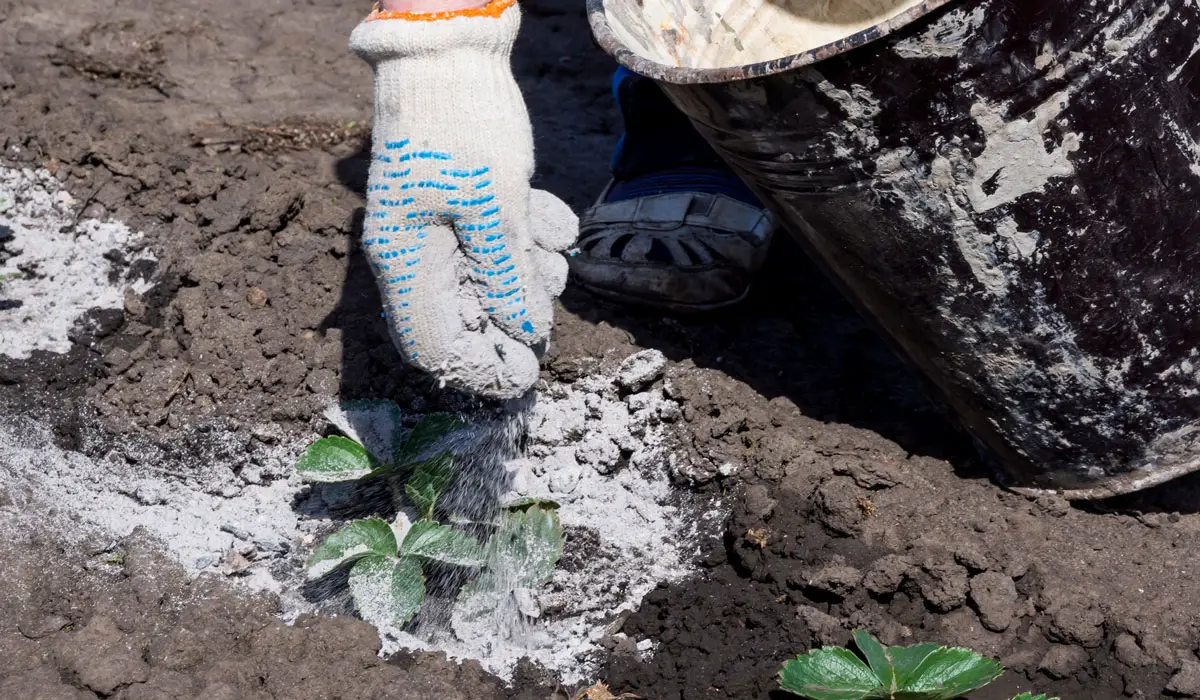
Table of Contents
Which Fertilizers Are High Phosphorus?
Synthetic fertilizers like ammonium phosphate have the highest overall phosphorus content. However, there are many organic options, including bone meal, fish emulsion, manure and compost.
Why use a High Phosphorus fertilizer?
Phosphorus is a key element in plant growth, and one that’s removed from the garden every time we mow, discard autumn leaves or or harvest our delicious crops. In order to keep on growing, we need to replace what we take away.
That said, in most gardens, phosphorus is one of the more readily available and easy to access nutrients in the soil. If you fertilize regularly with a balanced fertilizer you’ve probably got enough in the ground as it is.
“As we are often reminded, Mother Nature rarely provides optimum conditions for anything. Rather, organisms are constantly being challenged by nature. Maintaining a pool of plant-available soil phosphorus for crop plants can be a considerable challenge.”
Jeff Schalau, Associate Agent, Agriculture & Natural Resources, University of Arizona Cooperative Extension
You don’t want to overdo it. It always pays to test your soil. Most university extension offices across the US offer soil testing services. They provide a comprehensive report back that can help guide you to the best fertilizer choices for your garden. If you’re growing in hydroponics or containers, it’s pretty easy to buy your own phosphorus testing kits that are as easy as dipping a strip.
One of my favorite high prosperous fertilizers is the Power Bloom mix from Gia Green. It has all the stuff I look for in an organic fertilizer including Bone Meal, Rock Phosphate, kelp meal and some green sand for good luck. It has an NPK of 2-8-4 which is ideal for bigger blooms from less nitrogen.
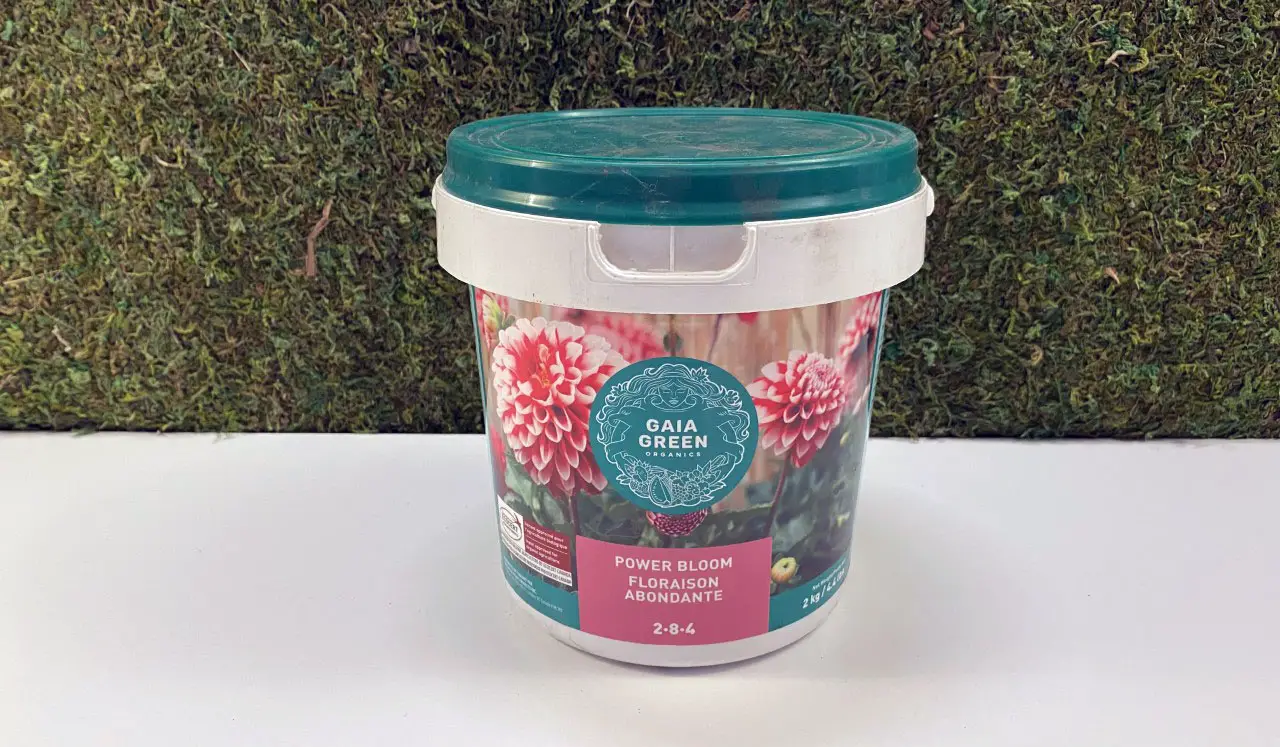
What is Phosphorus made of?
Phosphorus is an element, and it makes up about 0.1% of the Earths crust. There’s a lot to go around! Plants aren’t the only ones who need it – it’s critical to all life on Earth.
Fertilizers that contain phosphorus often take advantage of its importance in the body and source it directly from plant or animal waste. Hair, feces and even the decomposing bodies of animals are rich in phosphorus, and many commercial fertilizer draw from such sources. Others are chemical, taken from rock phosphates mined from the Earth.
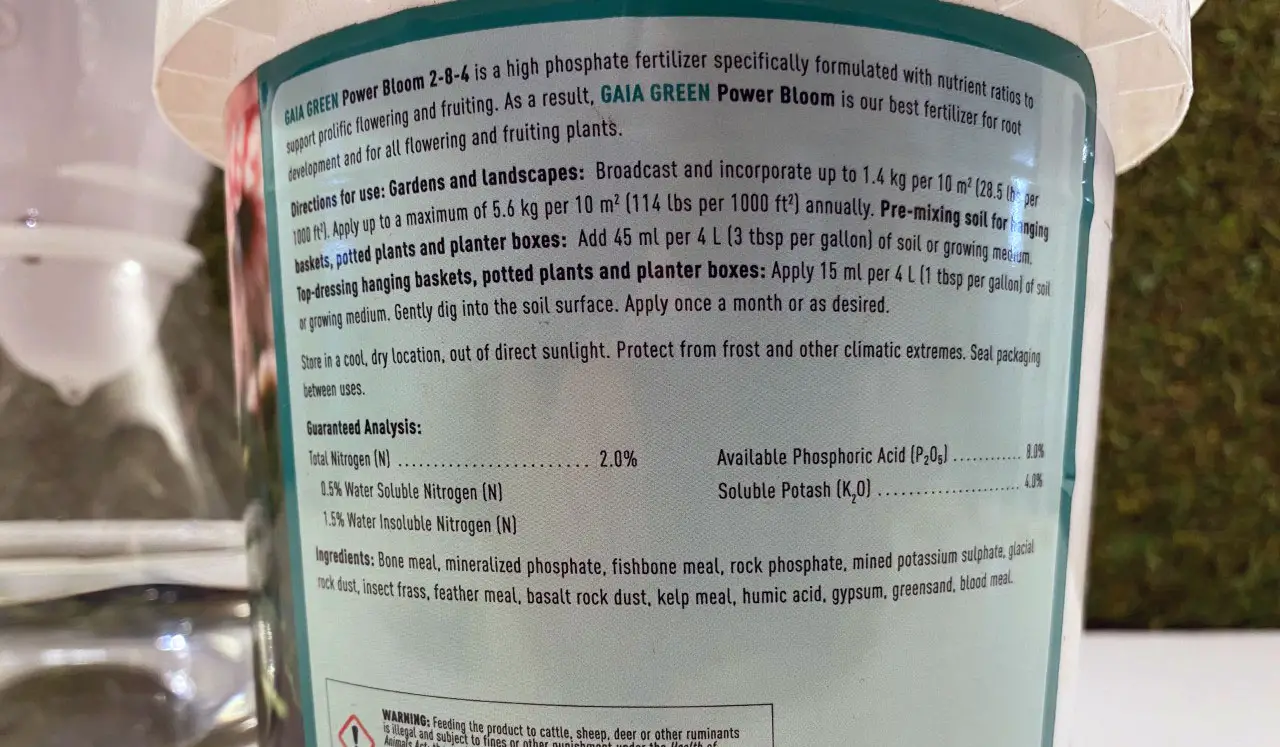
Do all fertilizers contain Phosphorus?
Not all fertilizers contain phosphorus. Many are designed to target specific nutrient deficiencies, soil conditions or growth requirements instead.
When purchasing a fertilizer consider the NPK ratio of the product. Printed on the front of the bag or bottle, the NPK tells us what percentage, by weight, of each element is present. It’s the P value to watch if you’re hunting a high phosphorus fertilizer.
11 High Phosphorus fertilizers
| Fertilizer Type | % Nitrogen (N) | % Phosphorus (P) | % Potassium (K) | Rate of release |
| Ammonium Phosphate | 12 | 20 | None | Moderate to rapid |
| Rock Phosphate | None | 17 to 30 | None | Very slow |
| Hair | 12 | 26 | None | Very slow |
| Bone Meal | 4 | 10 | None | Moderate |
| Bat Guano (processed for P) | 3 | 10 | 1 | Moderate to rapid |
| Fish Meal | 10 | 6 | 2 | Moderate |
| Manure | 0.5 to 6.5 | 0.2 to 6 | 0 to 3 | Moderate to rapid |
| Worm Castings | 2 | 2 | 1 | Moderate |
| Fish Emulsion | 2-5 | 2-4 | 1-2 | Rapid |
| Compost | 1.5 to 3.5 | 0.5 to 1 | 1 to 2 | Slow |
| Bloom Booster | Variable | up to 56% | Variable | Variable |
| Power Bloom | 2 | 8 | 4 | Moderate |
Source: University of Colorado (1, 2)
Ammonium Phosphate
Probably the easiest and most straightforward of the synthetic phosphates is ammonium phosphate. It’s a powerful source of nitrogen and phosphorus, applied as a granule or added to water to form a liquid. It’s commonly used in agriculture, and is popular among those of us yearning for a smooth, uniformly green lawn.
It’s content varies a bit from brand to brand, but usually it sits somewhere around 20% phosphorus, in a form that’s soluble and ready for uptake.
Rock Phosphate
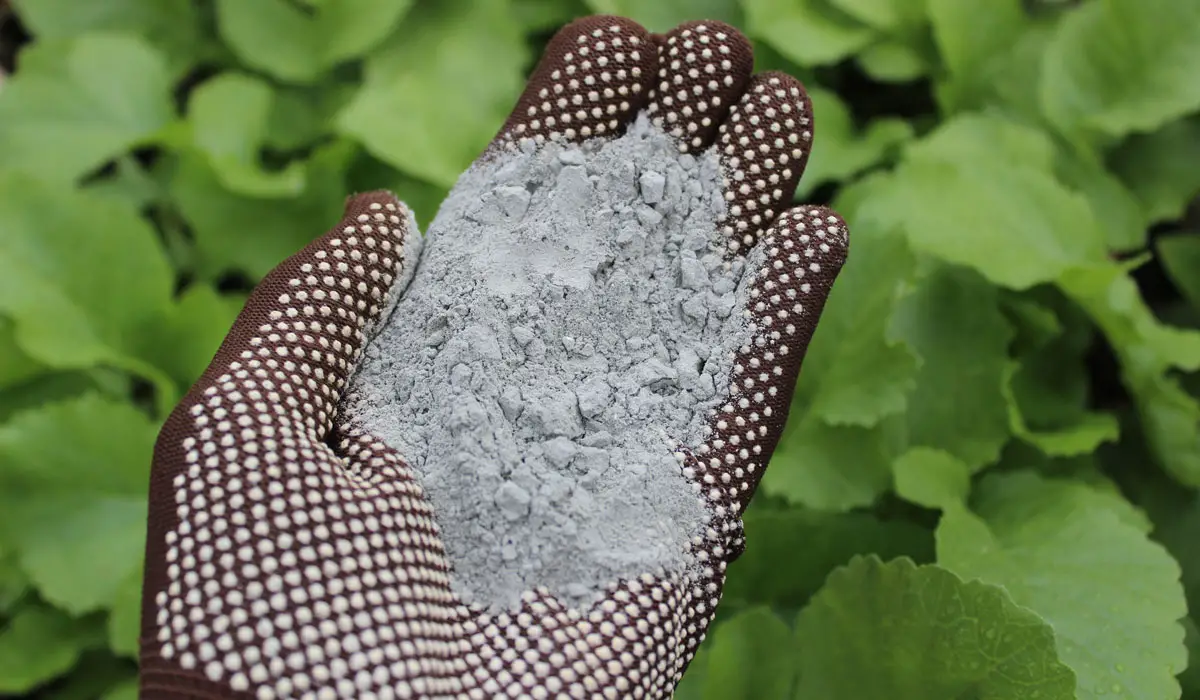
Rock phosphate is the most common source of phosphates in blended commercial fertilizer. If you’ve slapped some Miracle Gro on the lawn, you’ve used a product that was once rock phosphate.
It’s also sold in its pure form, a granule derived from sedimentary rock. It’s powerful stuff, clocking in at almost a full third its weight in phosphorus.
Though it’s powerful, I don’t recommend it for the home gardener. It conveys very little other benefits, and most gardens don’t actually need massive amounts of phosphorus added to the soil each year.
Hair
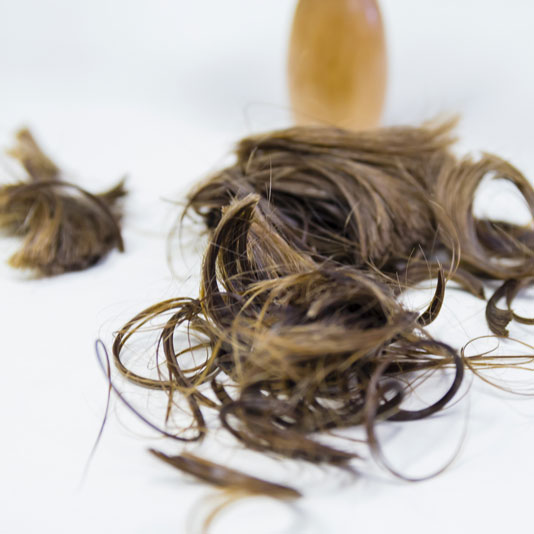
Next time you brush your hair, think twice before you discard any stray strands. A quarter or so of its weight is phosphorus, and it also contains loads of nitrogen, calcium, magnesium and iron.
Hair is rich in phosphorus at a quarter phosphorus by weight. It’s also essentially free, especially if you have a big fluffy dog like a malamute, or a family with luscious, flowing locks.
There’s a few substantial drawbacks, however. The phosphorus is locked into the structure of the hair, taking years to break down. It’s also common for hair to be treated with dyes, gels, oils and even flea and tick treatment, in the case of pets.
To get to the phosphorus locked inside, your best plan is to compost it. The process will free up the phosphorus faster, and it will break down anything you’ve put on your head or your pooch too.
Bone Meal
Bone meal is exactly what you’d imagine – ground up bones. Very gothic! The bones are sourced from slaughterhouses, heat treated to kill pathogens, then milled into a fine, usable powder.
I love using bone meal in the garden. It releases well, not too fast and not too slow, and it’s rich enough that only a few handfuls are needed at a time. I write more about using bone meal here.
Bat Guano
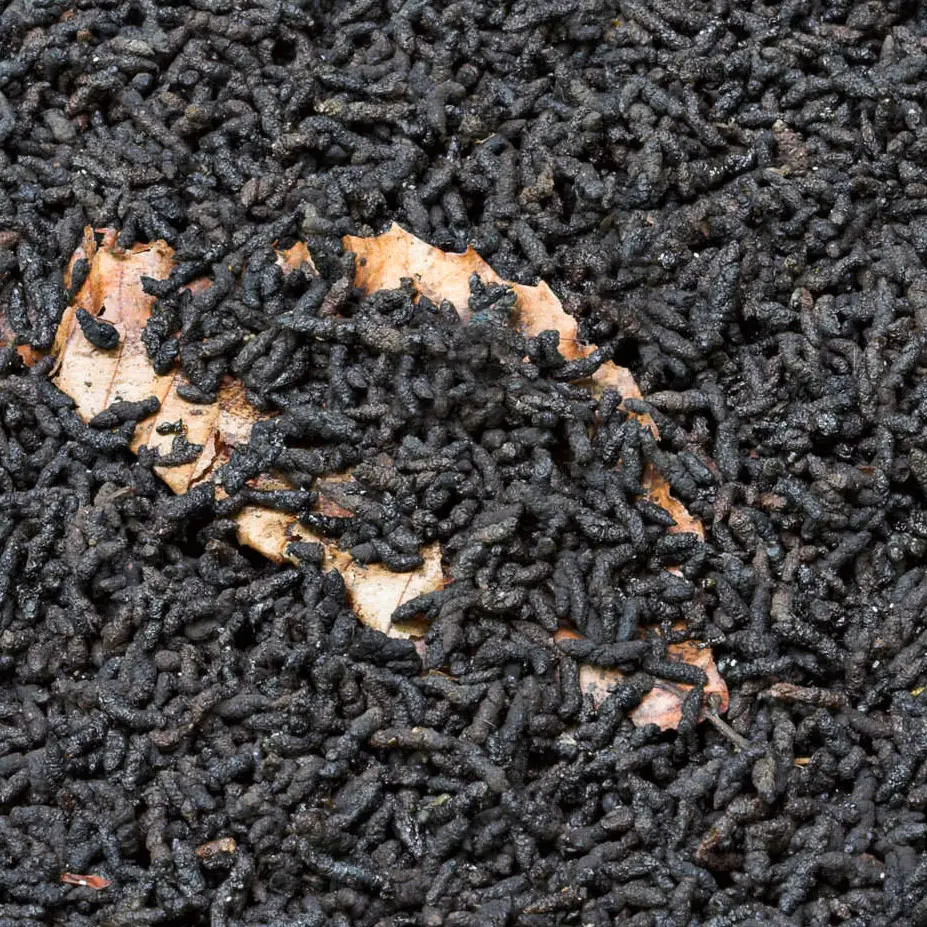
Bat guano is rich in phosophorous at about 10% by weight.It’s also rich in nitrogen, potassium and other trace minerals. While useful, it’s not something most people have ready to hand, and even if you do know where the bats sleep it’s not great for your health to clamber over piles of raw bat poop.
It’s best to just buy a commercially available version. Just keep an eye on the NPK – some guano is processed to improve nitrogen content, destroying some of the phosphorus in the process. It’s best used as a tea, as it can cause sharp increases to soil acidity if applied directly.
Fish Meal
Fish meal is much like bone meal, made from ground up leftovers taken from fish processing plants. It too is heated and dried, producing a fine grainy material that’s stable and easy to use.
While there’s a bit of variability between brands, fish meal usually has a NPK of around 10-6-2.Besides the phosphorus, it contains good quantities of nitrogen, and other trace minerals like calcium and magnesium.
Manure
Like worm castings, manure from farm animals is an excellent source of nutrients for the garden. Some manure from livestock is quite high in nitrogen compared to phosphorus. Others are more balanced, or contain little nitrogen at all.
You can also compost even the ‘hottest’ of manures to reduce the nitrogen content, as the longer you leave it the more gentle it becomes. It’s also pretty cheap, and if you’re lucky enough live in an area with lots of livestock, farmers are often happy to let you take it off their hands for free.
Worm Castings

Sometimes referred to as vermicompost, are the droppings of worms, produced in worm farms. You may know the smaller domestic worm farms that feature several trays, one on top of the other like an apartment block.
Worm castings are a great amendment. Besides being fantastic for use with indoor plants and container gardening, it’s also compact way for people in apartments, condos and the like to reuse kitchen scraps and plant waste.
Like most animal manure, what you get out of it depends a lot on what you put in. But in general, worm castings are about 2% phosphorus, with a similar amount of nitrogen, potassium and micronutrients. Finally, worn castings are chock full on beneficial microbes that promote plant growth and improve the overall health and vitality of your garden.
Fish Emulsion
A more complex product than fish meal, fish emulsion is liquified and chemically stabilized by product of the seafood industry. Besides the excellent amount of phosphorus it provides, it contains a modest but balanced amount of nitrogen and potassium. Ratios vary from product to product, but typically hover around 2-4-1.
Fish emulsions also contain micro-nutrients like calcium, magnesium and sulfur, as well as protein to help encourage the growth of healthy micro-organisms in the soil.
Be warned though – it stinks to high heaven. While potted plants love this stuff, it’s often not a good choice for indoor plants because the smell tends to permeate the whole house or office.!
Compost
I’ve mentioned a few things that can be added to compost to promote a good phosphorus content, but it’s actually a solid choice on its own. The overall phosphorus value of your compost will depend a lot on what you put in it. Add a lot of clean hair and manure, and encourage the worms to move in, and you’ll have a rich, sustainable plant food second to none. It’s easy to get started, but a lot of fun to perfect, and I really encourage anyone with the space to give it a go.
Bloom Booster
“Bloom boosters” are commercial fertilizer blends marketed to gardeners with extravagant promises of abundant flowers, lush foliage and branches just heaving with fruit. They are almost always synthetic, made to proprietary formulas that vary wildly between brands. They’re often full of phosphates commonly used in heavy agricultural fertilizer, with as much as 56% phosphates.
Most garden soils don’t need special treatment to make flowers bloom. These are very, very strong products, and must be treated with caution.
When is High Phosphorus Fertilizer better?
When Phosphorus Is Deficient
Phosphorus deficiency shows as purple leaves in emerging plants, that then become necrotic and decompose rapidly, often while still on the plant. It’s very distinctive and hard to miss. It’s most common in areas of the garden with a high removal of organic material, like lawns or vegetable gardens with heavy feeders.
For Flowering Annuals
While I’m disdainful of a lot of so-called “bloom boosters”, it is a good idea to provide your flowering annuals with a bit of extra phosphorus as the growing season kicks off. It’s a lot of hard work growing an entire plant in a single season, and then produce flowers on top of that!
Hydrangas and begonias also enjoy a bit of extra phosphorus as the summer sets in, to feed those luscious flowers. Herbs and citrus trees also benefit from a supplementary dose too.
For High Turnover Vegetable Gardens
Leafy greens that shoot up from seeds to harvest in a few weeks suck a lot of nutrition from the soil. It’s important to put it back if you want anything else to thrive in that patch!
I like to turn phosphorus rich organic material like manures and composts through my vegetable gardens as the year progresses and I rotate in my crops. This provides a consistent source of phosphorous all through the growing season, no matter how fast I’m harvesting.
Low Phosphorus fertilizers
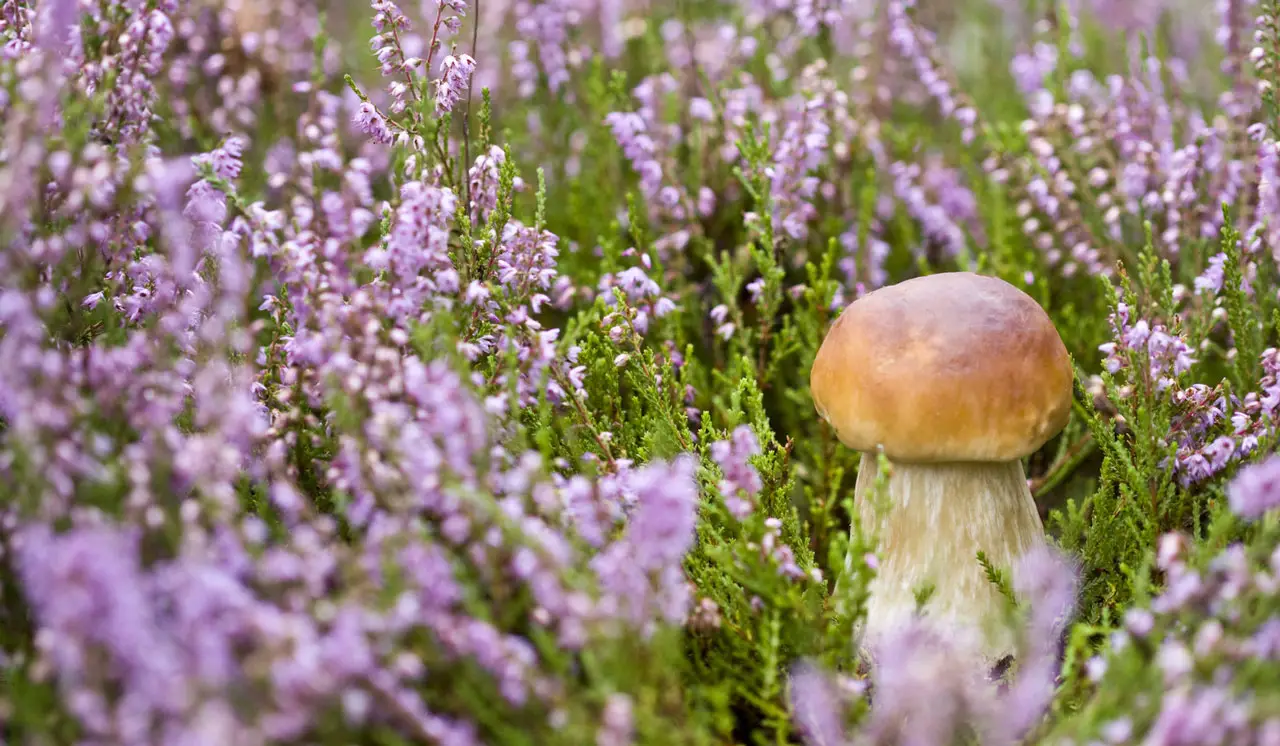
While phosphorus is a critical element for plant growth, it’s not the only important one. In fact, too much phosphorus can cause real problems.
Too much phosphorus can actually impede growth, by interfering with the friendly fungi in the soils that often form symbiotic relationships with new plants. Without its mushroom allies helping supply it with nutrients from the soil, the plant struggles to find nutrients. It also interferes with the uptake of other minerals if it’s too abundant.
This doesn’t mean you won’t still need to top up your other nutrients, however. Low phosphorus fertilizers come in handy when you know exactly what you need, and exactly where it needs to go.
Get Growing: High in Nitrogen
Nitrogen is key to the development of all plant tissue, from the root to the tip. It also doesn’t stick around, especially if you’re harvesting and eating fruit or vegetables from your garden. It’s totally possible to wind up with nitrogen deficiencies if you aren’t mindful of your gardening practices.
Blood meal and feather meal are two excellent high nitrogen fertilizers that are low in phosphorus. They come in at around 15% and 12% nitrogen respectively.
Breathe Easy: High in Potassium
Potassium is essential in almost all critical plant functions. It helps regulate how the leaves take in air, how water and sugars are transported around the plant, it has a key role in photosynthesis and growth. Without it, plants quickly falter.
Potash is considered the gold standard for adding potassium to soils, and many farmers apply a strong dose annual. Wood ash is another strong source.
Keeping it Green: Cal-Mag
Calcium and magnesium are both important for the development of strong leaves and juicy, bountiful fruit.
Calcium and magnesium tend to interact with each other, both in the soil and in the plant itself, so it’s important to make sure both are available for plants through the early part of the growing season. This gets those new leaves going and sets the stage for flowers and fruit. Poor availability of both can lead to yellowing leaves and fruit that literally rots on the vine.
Filling the Gaps: Kelp Meal
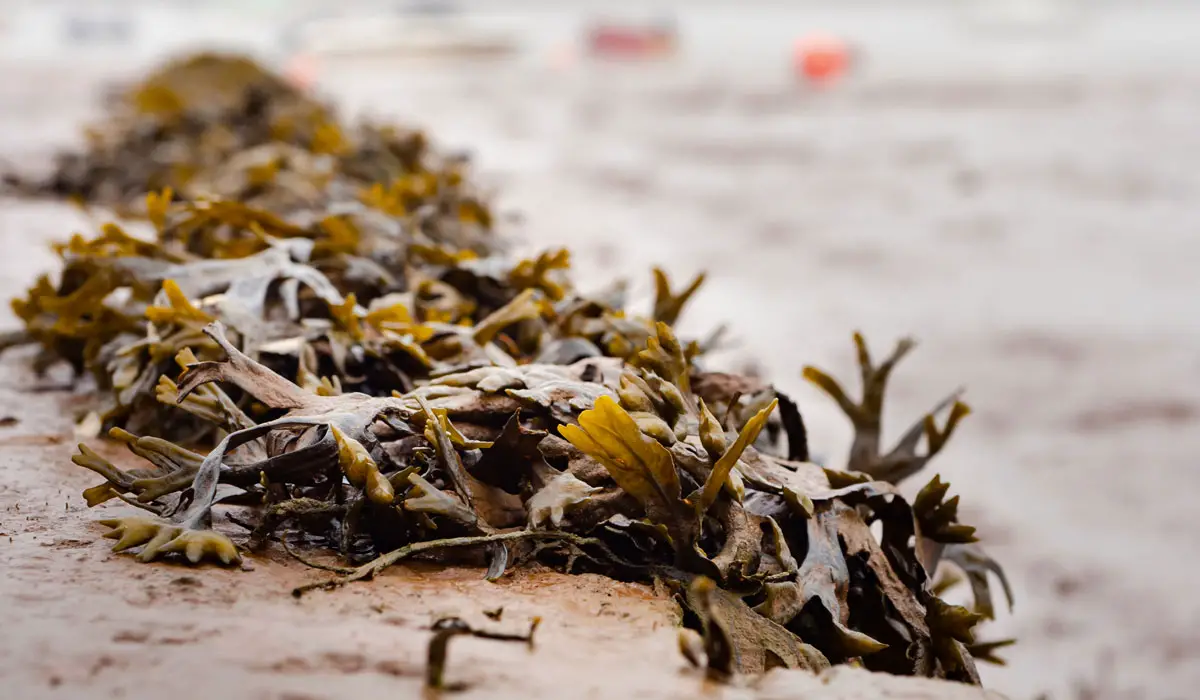
Kelp meal isn’t technically a fertilizer. They don’t contain much the big three nutrients. But kelp boosts plant growth with the astonishing selection of naturally occurring enzymes it contains. They promote root growth and new foliage. They also contain micro-nutrients that are often missing from other fertilizers.
I go into more detail on the subject of kelp here.
When to Use a Low Phosporus Fertilizer
To treat chlorosis
It may seem counter-intuitive, but if your leaves are yellowing its a sign you may have too much phosphorus in your soils. But it’s also a sign of many other nutritional deficiencies, including iron, calcium and magnesium. Even then, the excess phosphorus may be the cause of that deficiency, too.
Soil chemistry is complex, and instances of chlorosis can point to far too many causes, some of the too closely intermingled to warrant just throwing chemicals around until the problem goes away.
Adjacent to waterways and streams
If you live by a natural waterway, like a river or stream, it pays to be extremely careful about how much fertilizer, and phosphorus in particular, you put on your gardens.
Phosphorus in fertilizers is very water soluble, and leeches from soils in rainwater or irrigation runoff. If you’re growing near a body of water, especially wild streams or creeks, it’s important to ensure that runoff isn’t full of phosphorus.
Algal blooms can form if excess phosphorus winds up in those waterways, sucking up the oxygen in the water and killing off other life. You can protect these precious natural resources by only using strong phosphates on your garden when strictly needed.
To nourish sensitive plants
Not all plants need an abundance of phosphorus. Indeed, many plants need little to no fertilizer at all. When they are given too much, they develop chemical burns and can die off entirely. Phosphorus sensitive plants include:
- Grevillias
- Banskias
- Australian acacias
- Melalucas
- Cacti
Final thoughts
It’s good to be judicious in using fertilizers in the garden, and phosphorus is no different. It makes a difference to my flowers and fruit, but only when used properly. It’s good to be mindful, your garden will yield a bounty of dividends when you are.
